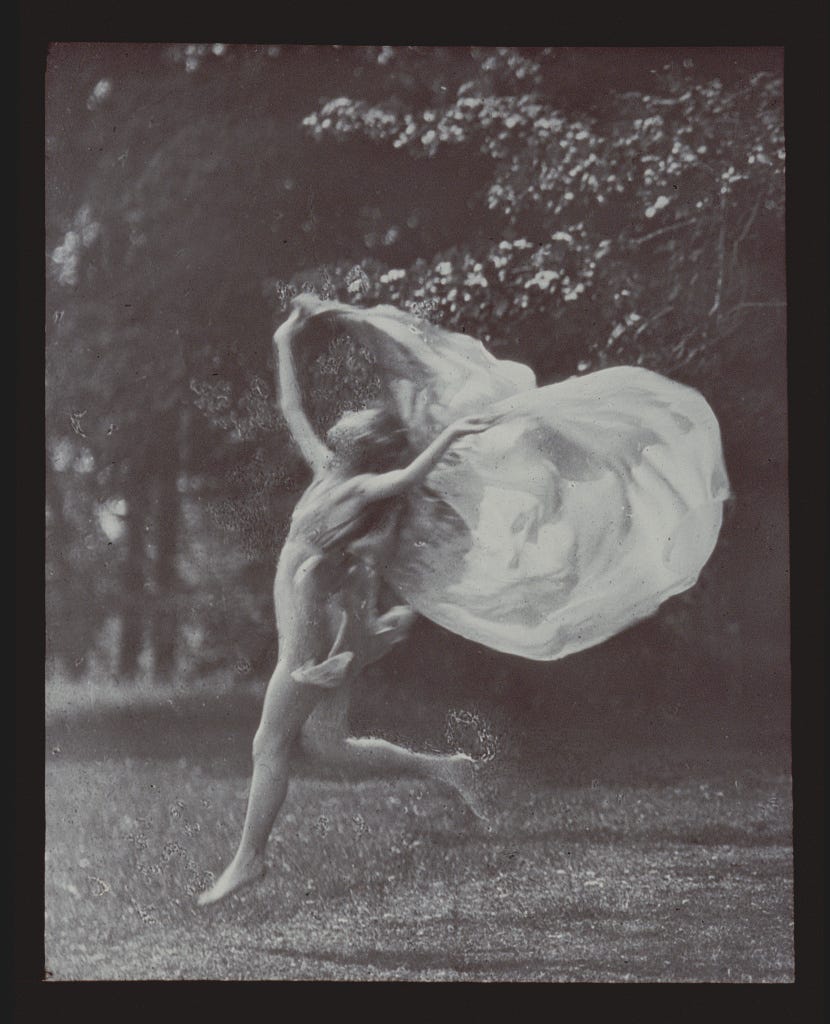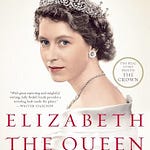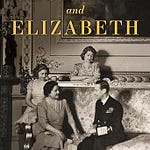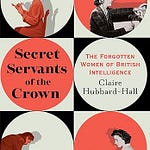Isadora Duncan, often hailed as the "Mother of Modern Dance," revolutionized the art form with her free-spirited and expressive style. She became a pivotal figure in the dance world, breaking away from traditional ballet and laying the groundwork for modern dance.
"Before I was born my mother was in great agony of spirit and in a tragic situation. She could take no food except iced oysters and iced champagne. If people ask me when I began to dance I reply, 'In my mother's womb, probably as a result of the oysters and champagne — the food of Aphrodite.'" - Isadora Duncan
Music became a part of Isadora's life at a young age. Her mother, a music teacher, would play for hours at night. And it was here in the evenings, in a home in San Francisco around the early 1880s, that Isadora began to dance, using her mother's piano as a stage. By her teen years, this evening joy became work, as Isadora dropped out of school to teach wealthy San Franciscans.
During this era, dancing was usually either the waltz or pirouetting. Neither appealed to Isadora. For her, dance was a free-flowing movement without restrictions and corsets. It was about expression. "I have always believed that art should be free from rules and regulations, and that the dancer should be guided by the impulses of the soul," she would say. She rejected being called a dancer. Instead, she went by the title of "artiste."
But there was a dance philosophy for Isadora that was greater than self. Isadora believed that changing your outward behavior could improve your inner being. That character and personality were malleable. She conceived dance not as mere entertainment but as a means of social betterment.
Her philosophy and talent led to a career that took Isadora worldwide, performing in her signature look: barefoot and dressed in flowing garments. She drew large audiences to whom she was a splendor, a delight for those seeking freedom and social change. She embodied their desires for more optimism and a life free from suffocating social rules. Her performances offered this sense of liberation. One admirer remarked, "She was an event not only in art, but in the history of life."
Despite bringing joy to many, Isadora herself experienced significant personal tragedies. Two of her children died in a car accident in 1913, another child shortly after birth, and her husband physically abused her. But through the struggles, Isadora danced and taught dancing worldwide throughout her life. Dance was her love.
Reflecting on her impact, Isadora once said, "I freed women from corsets." Isadora passed away in 1927 at the age of fifty, leaving behind a legacy of artistic freedom and social change.
Sources:
Daly, Ann. “Isadora Duncan’s Dance Theory.” Dance Research Journal, vol. 26, no. 2, 1994, pp. 24–31. JSTOR, https://doi.org/10.2307/1477914. Accessed 29 May 2024
Francis, Elizabeth. “From Event to Monument: Modernism, Feminism and Isadora Duncan.” American Studies, vol. 35, no. 1, 1994, pp. 25–45. JSTOR, http://www.jstor.org/stable/40642583. Accessed 29 May 2024.
Genthe, Arnold, photographer. Isadora Duncan dancer. Between 1915 and 1942; from a negative taken between 1915 and 1923. Photograph. Retrieved from the Library of Congress, <www.loc.gov/item/2018704008/>.
Kirstein, Lincoln. “Isadora Duncan.” The Bulletin of the Museum of Modern Art, vol. 9, no. 2, 1941, pp. 10–11. JSTOR, https://doi.org/10.2307/4057836. Accessed 29 May 2024.













Share this post